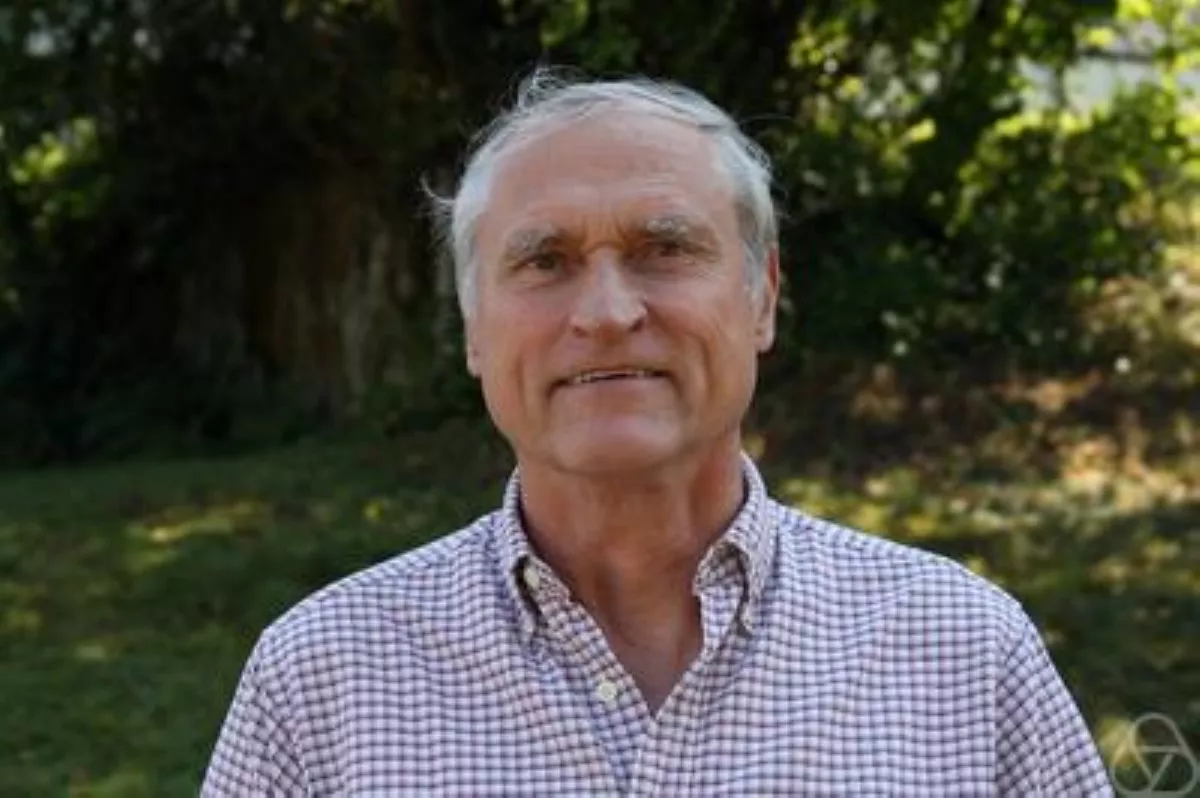 1.
1. Richard Schoen is best known for the resolution of the Yamabe problem in 1984 and his works on harmonic maps.

 1.
1. Richard Schoen is best known for the resolution of the Yamabe problem in 1984 and his works on harmonic maps.
Richard Schoen then received his PhD in 1977 from Stanford University with Leon Simon and Shing-Tung Yau as advisors.
Richard Schoen is currently Distinguished Professor and Excellence in Teaching Chair at the University of California, Irvine.
Richard Schoen received an NSF Graduate Research Fellowship in 1972 and a Sloan Research Fellowship in 1979.
Richard Schoen has been invited to speak at the International Congress of Mathematicians three times, including twice as a Plenary Speaker.
Richard Schoen was awarded an Honorary Doctor of Science from the University of Warwick in 2015.
Richard Schoen received the Wolf Prize in Mathematics for 2017, shared with Charles Fefferman.
Richard Schoen has had over 44 doctoral students, including Hubert Bray, Jose F Escobar, Ailana Fraser, Chikako Mese, William Minicozzi, and Andre Neves.
Richard Schoen has investigated the use of analytic techniques in global differential geometry, with a number of fundamental contributions to the regularity theory of minimal surfaces and harmonic maps.
In 1983, Richard Schoen obtained similar estimates in the special case of two-dimensional surfaces, making use of the existence of isothermal coordinates.
Richard Schoen made partial progress towards proving that critical points must exist, which was taken further by Neil Trudinger and Thierry Aubin.
In 1984, Richard Schoen settled the cases left open by Aubin's work, the decisive point of which rescaled the metric by the Green's function of the Laplace-Beltrami operator.
The works of Yamabe, Trudinger, Aubin, and Richard Schoen together comprise the solution of the Yamabe problem, which asserts that there is a metric of constant scalar curvature in every conformal class.
In 1989, Richard Schoen was able to adapt Karen Uhlenbeck's bubbling analysis, developed for other geometric-analytic problems, to the setting of constant scalar curvature.
Simon Brendle and Richard Schoen were able to prove that the positivity of Mario Micallef and John Moore's "isotropic curvature" is preserved by the Ricci flow in any dimension, a fact independently proven by Huy Nguyen.
Brendle and Richard Schoen were further able to relate their positivity condition to the positivity of sectional curvature and of curvature operator, which allowed them to exploit then-recent algebraic ideas of Christoph Bohm and Burkhard Wilking, thereby obtaining a new convergence theorem for Ricci flow.